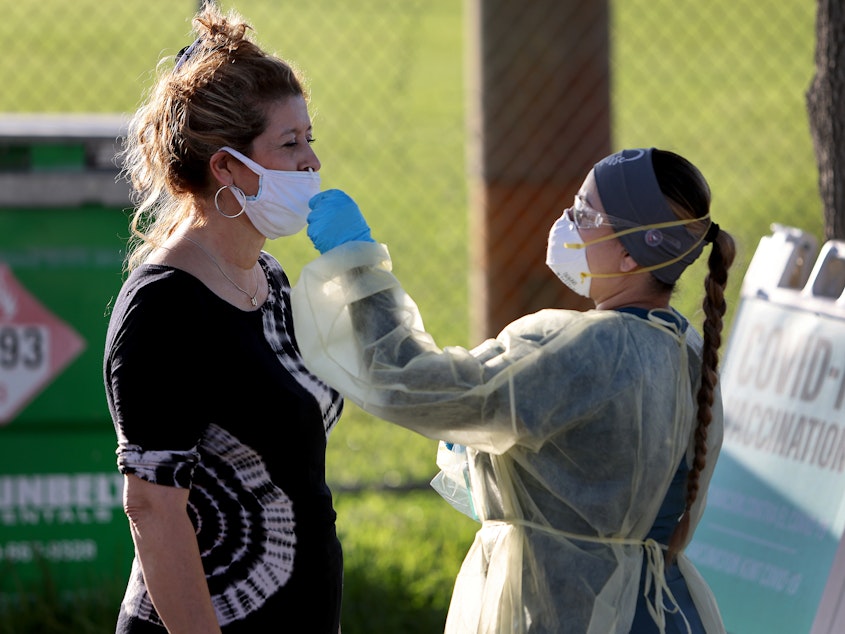The more contagious BA.2 version of omicron is now the most common in the U.S.

A subvariant of omicron that's even more contagious than the original is now the most common COVID-19 strain in the U.S., according to the Centers for Disease Control and Prevention.
The CDC estimates that the BA.2 strain now accounts for more than half – 54.9% – of all coronavirus infections nationwide, according to new data.
It's even more prevalent in certain parts of the country. For example, over 70% of COVID-19 cases in the Northeast are BA.2, the CDC estimates.
The BA.2 variant does not appear to make people any sicker than the original omicron strain, and vaccines still offer protection against it.
But health experts had feared that the highly transmissible variant could trigger another surge in cases in the U.S. as it has in the U.K. and other parts of Europe.
Sponsored
On Tuesday, the FDA authorized and the CDC recommended a second booster dose of either the Moderna or Pfizer-BioNtech vaccine for older people and certain immunocompromised people.
The authorization comes at an opportune time, some health experts said, since an uptick in people protected by vaccines and boosters could help limit the number of deaths and hospitalizations caused by BA.2.
At the same time, CDC estimates showed no known infections caused by the once-common delta variant between March 20-26. [Copyright 2022 NPR]


